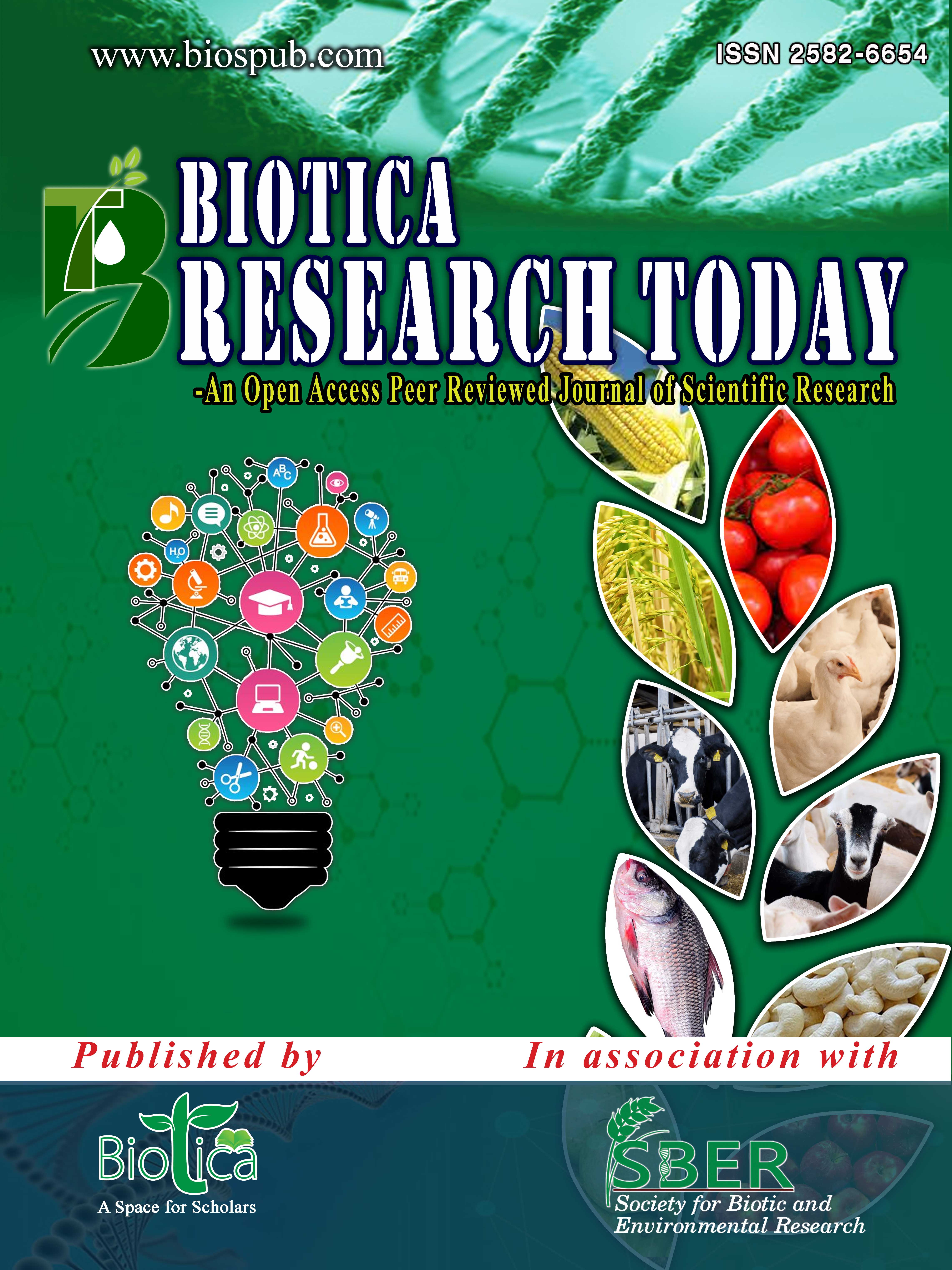Impact of Bivoltine Sericulture in Improving Socio Economic Conditions of Sericulture Farmers of Madakasira Cluster Through Cluster Promotion Programme (CPP)
DOI:
https://doi.org/10.54083/ResBio.1.1.2019.09-15Keywords:
Bivoltine sericulture, silkworm rearing, mulberry cultivationAbstract
Efforts of more than one decade of Cluster Promotion Programme (CPP) implementation at Madakasira has yielded marked improvement in the development of Bivoltine sericulture and production of gradable bivoltine raw silk. It was noticed that DFLs distribution was recorded 0.58 lakh in 2008-09, 1.40 lakh (2009-10), 1.43 (2010-11), 1.82 (2011-12), 2.25 (2012-13), 3.55 (2013-14) 4.83 (2014-15), 6.92 (2015-16), 10.06 (2016-17), 15.82 (2017-18) and 16.02 lakh in 2018-19, respectively with a pounding increase of DFLs distribution as against the bench mark level brushing of 0.42 lakh DFLs before 2008. Growth rate of DFLs distribution was ranged from 94.79 to 138.7% in case of target and 38.1 to 3714.3 % over bench mark. Similar trend was noticed with regard to number of DFLs harvested among the farmers. CPP implementation under the cluster also prejudiced the cocoon yield per 100 DFLs ranging from 61.67 to 73.55 kg during the CPP period (2008-2018) resulting in 40.16 to 67.16% increase as compared to bench mark yield (44.0%). Due to CPP implementation under Madakasira during the CPP period a total of 64.26 lakh DFLs were distributed as against 55.10 lakh target generating 618.73MT raw silk among 24,000 sericulturists. The average market rate too increased significantly ranging from Rs. 279.0-506.0 with 24.0-124.9% increase. Further the Bivoltine sericulture practice has not only transformed the living standards of sericulturists but also refining their socio economic standards. Bivoltine sericulture practice offered the farming community in clearing their long standing monitory dues, civilizing their children education standards, increasing immovable properties and increasing the horizontal growth of sericulture and procure sophisticated gadgets.
Downloads
Downloads
Published
How to Cite
License
Submission of a manuscript implies that when the manuscript is accepted for publication, the authors agree to automatic transfer of the copyright to the publisher (or grant the Publisher exclusive publication and dissemination rights). The Biotica, as the publisher, has the right to enter into any agreement with any organization in India or abroad engaged in reprography, photocopying, storage and dissemination of information contained in this journal. The Biotica has no objection in using the material, provided the information is being utilized for academic purpose but not for commercial use. Due credit line should be given to Biotica where information will be utilized.









 |
|


